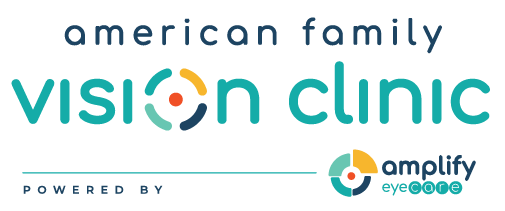Peripheral vision loss affects the edges of the visual field, whereas central vision loss impacts the center of vision. Central vision loss can make tasks like reading or recognizing faces difficult, and it may be caused by conditions like macular degeneration. Peripheral vision loss, on the other hand, often results from glaucoma and affects the ability to see objects to the side when looking straight ahead. A low vision eye doctor can help diagnose and manage both types of vision loss, providing targeted interventions and support to enhance the individual's remaining sight.

















